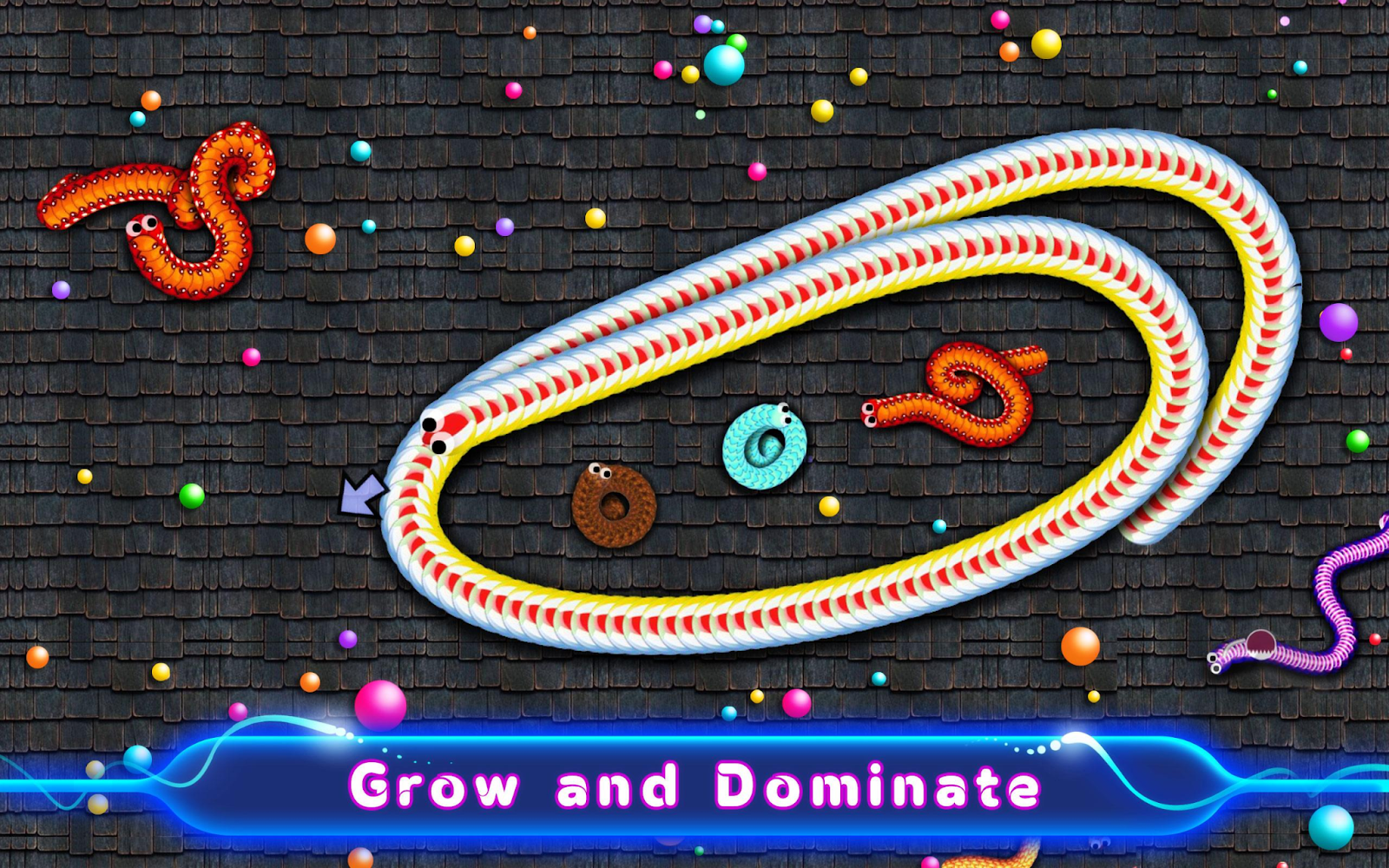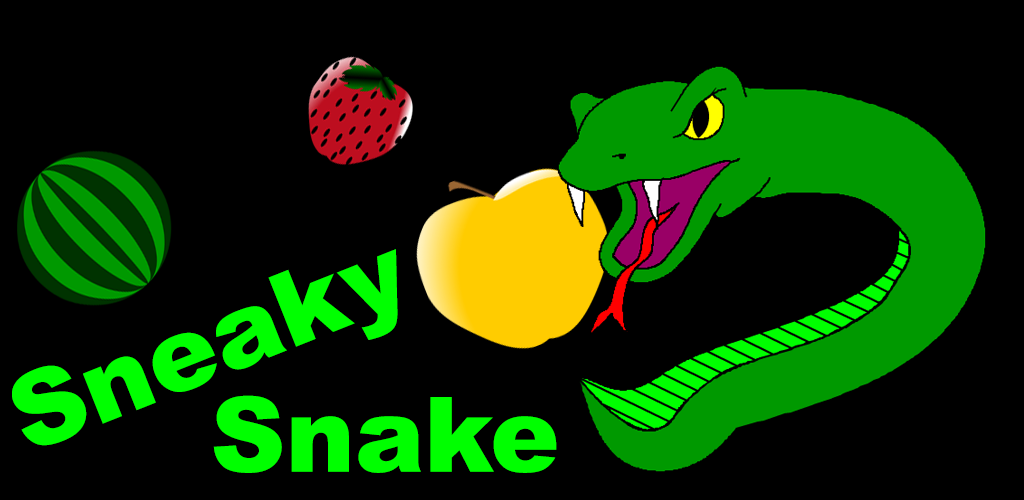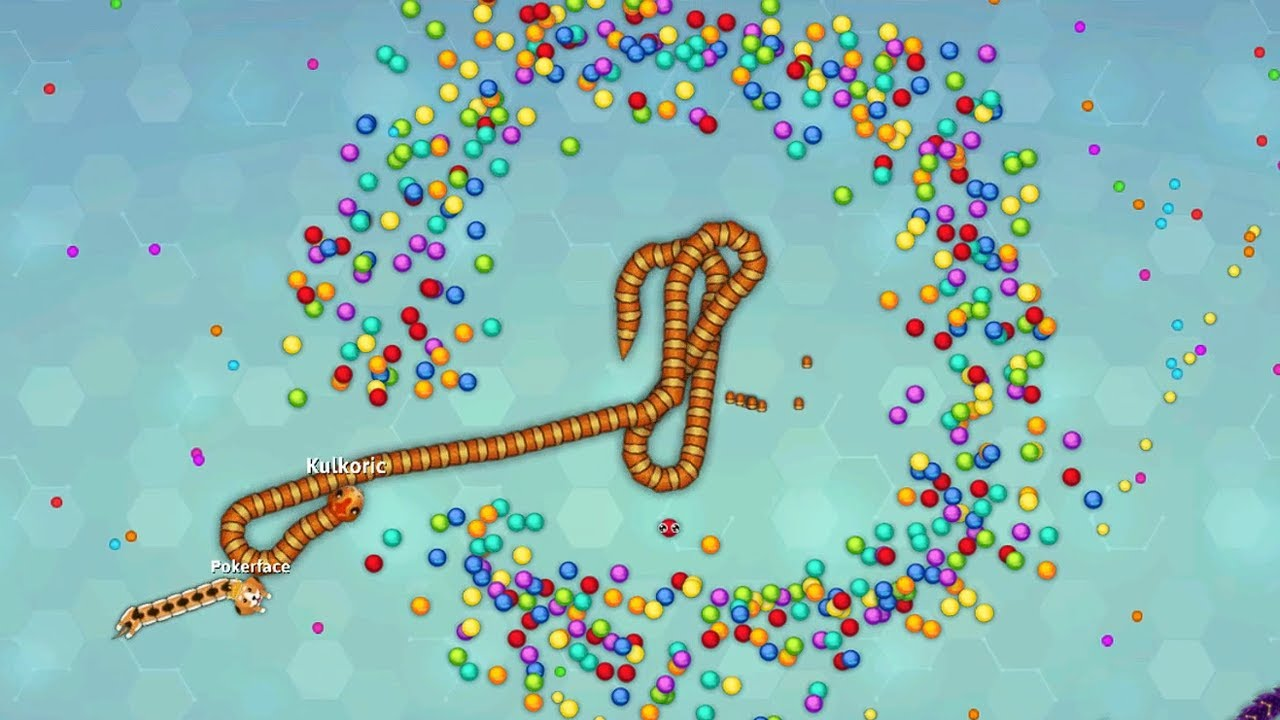Introduction
Snakes are fascinating creatures, widely known for their unique movement, mysterious aura, and stealthy ways. Among reptiles, they are perhaps the best-adapted animals to stealth, employing various tactics to “sneak” up on their prey, avoid detection by predators, and thrive in diverse ecosystems. Despite having no legs or wings, snakes have evolved to be some of the most agile and stealthy hunters on the planet.
In this article, we’ll dive into the world of snake stealth, exploring how these animals have developed exceptional sneaking abilities through anatomy, behavior, and specialized tactics. From silent movements to camouflage, let’s uncover the secrets behind the “snake sneak.”
Anatomy: Built for Stealth

The physical characteristics of snakes play a crucial role in their stealth capabilities. Unlike other animals that rely on limbs or wings for movement, snakes have long, limbless bodies equipped with muscular, scale-covered skin that allows them to glide and slither without producing much noise. Here’s how their anatomy supports their stealth:
- Scales for Silence: Snake scales, made of keratin, vary in size and texture along their bodies. These scales create minimal friction as the snake moves, allowing it to slide smoothly along surfaces, be it sand, leaves, or rocks. This is why you rarely hear a snake approaching unless it chooses to rustle through dry leaves or underbrush.
- Flexible Spine: A snake’s spine is incredibly flexible, with hundreds of vertebrae allowing it to contort and move fluidly. This flexibility enables a range of movement patterns—from slithering to coiling—each adapted to maximize stealth in various terrains. The controlled movements are precise, aiding the snake in approaching prey or evading threats undetected.
- Lack of Limbs: Without legs or feet, snakes eliminate the sounds associated with footsteps. Instead, they use their muscles and scales to push against the ground in a rhythmic manner, which allows for near-silent movement.
- Sensory Adaptations: Many snakes rely on heat-sensing pits, especially in species like vipers and boas, which enable them to detect the heat signatures of their prey without needing to rely on sight alone. Their reliance on this sense enhances their ability to hunt stealthily, even in low-light conditions.
Movement Patterns for Stealth
Snakes have various modes of movement, each suited to specific environments and needs. These techniques enable them to “sneak” across different landscapes while remaining undetected.
- Serpentine Movement: The most common snake movement, called lateral undulation or serpentine movement, is when the snake pushes against rocks, twigs, or bumps to propel itself forward in an S-shaped curve. This fluid movement helps it blend into its surroundings, especially in areas with dense vegetation, where these curves are less noticeable.
- Concertina Motion: Often used in tight spaces, like tunnels or burrows, the snake’s body bunches up and then extends forward. This type of movement allows the snake to move stealthily in confined spaces, making minimal noise as it compresses and stretches.
- Sidewinding: In sandy environments, such as deserts, snakes like the sidewinder rattlesnake use a movement called sidewinding. In this motion, the snake lifts sections of its body off the ground, reducing contact with the hot sand. This technique allows it to move sideways in a diagonal motion, creating minimal disturbance and allowing for efficient, quiet movement across loose sand.
- Rectilinear Movement: This is a slow, straight movement often used by larger snakes like pythons and boas. Here, the snake’s muscles contract and expand in a way that pushes it forward, allowing the snake to sneak up on prey with minimal motion that might otherwise alert its target.
Camouflage and Coloration

Many snakes have evolved colors and patterns on their scales that help them blend into their environments, making them harder to spot by both prey and predators. This camouflage serves as a critical component of their sneak abilities, allowing them to remain hidden while observing potential threats or prey.
- Blending into Surroundings: Species like the Gaboon viper or copperhead are masters of camouflage. Their colors mimic leaves, dirt, or forest floors, making them almost invisible to prey that pass by. By lying perfectly still, they become indistinguishable from their surroundings, only moving when an opportunity for a meal arises.
- Disruptive Patterning: Some snakes have patterns that break up the outline of their bodies. For example, pythons and boas often have irregular blotches that mimic light filtering through foliage. These patterns confuse prey, as they make it difficult to determine the snake’s exact shape and distance.
- Color Change: Though rare among snakes, some species, like the Asian vine snake, can slightly alter their color in response to different lighting or backgrounds. This capability helps them blend in even more effectively, further enhancing their stealth.
Hunting Tactics: The Art of Ambush

Snakes are versatile hunters, employing various strategies to catch their prey, often using stealth as a primary tool. There are two main hunting tactics snakes use: ambush and active hunting, with the former relying heavily on sneaky, undetected movements.
- Ambush Hunting: Many species, such as vipers and pythons, are ambush predators. They find a suitable spot where prey is likely to pass by, then remain still for hours or even days. By lying in wait, they minimize any noise or movement that could alert potential prey. When an animal gets close, the snake will strike with speed and precision, often injecting venom or coiling around the prey to immobilize it.
- Active Hunting: Some snakes, like racers and certain cobras, actively pursue their prey, relying on speed and quick reflexes. Even here, stealth is key, as they approach their target quietly and only increase speed when the prey is within striking distance.
- Tail Luring: Some snakes, like the copperhead, use a unique strategy called caudal luring. They will wiggle their tail in a way that resembles the movement of a small insect or worm. This tactic attracts prey like birds or frogs, which see the tail as potential food, only to end up as the snake’s next meal.
Defense Mechanisms: Evading Detection

Snakes don’t just use their stealth for hunting—they also rely on it to avoid predators. Their natural camouflage helps them blend in, while their silent movement allows them to slip away undetected when threatened.
- Freezing Behavior: Many snakes remain motionless when they sense danger, relying on their camouflage to keep them hidden. This behavior helps them avoid being noticed by predators, who are often attracted by movement.
- Silent Retreat: When faced with a threat, some snakes will retreat silently, slipping into nearby foliage or underground burrows. By moving slowly and carefully, they can escape without alerting the predator to their location.
- Mimicry and Deception: Some non-venomous snakes, like the milk snake, mimic the colors of venomous species, such as coral snakes, to deter predators. By appearing dangerous, these snakes can avoid confrontation without needing to engage in risky behavior.
Conclusion
The art of the “snake sneak“ is a product of millions of years of evolution, resulting in reptiles that are incredibly well-equipped for stealth. Their silent, graceful movements, combined with camouflage, specialized hunting tactics, and defensive strategies, make them some of nature’s most skilled hunters and survivors. Snakes remind us of the power of adaptation and how species can evolve unique ways to navigate their environment.
As we continue to study these remarkable creatures, there’s much to learn from their stealth tactics and survival skills. Snakes embody the beauty of evolution, where stealth is not just a skill but a way of life, finely tuned to ensure their survival in a world full of challenges.










